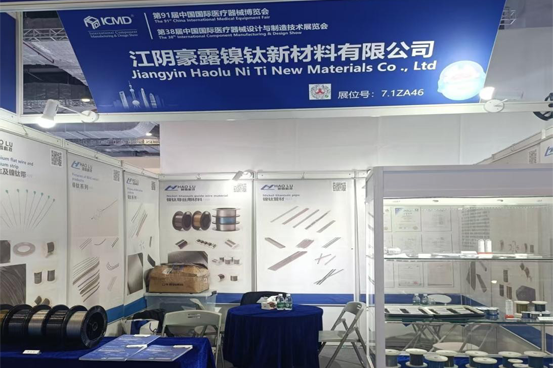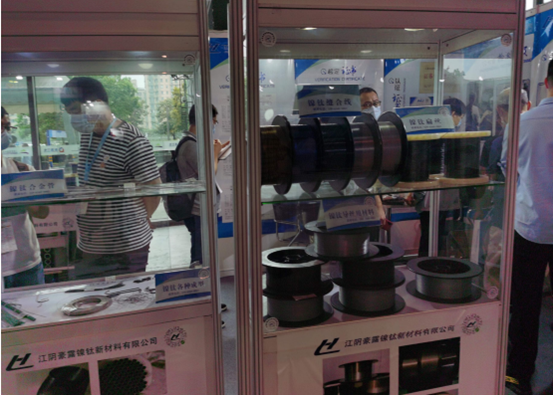Why Choose Medical-Grade Nitinol Wire for Medical Devices?
In the medical device industry, selecting the right material is critical. Among numerous options, medical-grade nickel-titanium alloy wire (Nitinol) has become a preferred choice for manufacturers due to its unique properties. But why is Nitinol so highly regarded? Let’s uncover the reasons.
Core Properties of Medical Nitinol Wire
Medical Nitinol wire is an alloy composed of nickel and titanium. It offers exceptional biocompatibility, ensuring no adverse reactions or allergies when in contact with human tissues. For patients, this means safer surgical procedures and implants.
Superior Corrosion Resistance
Nitinol’s excellent corrosion resistance is equally vital. Medical devices often encounter bodily fluids (e.g., blood), and material degradation could lead to device failure or patient harm. Nitinol withstands such environments, ensuring long-term reliability.
Broad Applications
Nitinol’s versatility drives its popularity. In cardiology, it’s used to craft stents that restore healthy blood flow. In dentistry, it enables precise, comfortable orthodontic treatments. Such uses contribute to more successful therapies and an improved quality of life for patients.

Advantages Over Alternatives
Compared to alternatives like stainless steel, Nitinol excels in elasticity and shape memory. A stainless-steel stent cannot adapt dynamically, potentially compromising efficacy or causing discomfort. Nitinol’s performance makes it the smarter choice.
Future Prospects
As technology advances, Nitinol’s potential continues to expand. We anticipate innovative devices—from high-efficiency stents to patient-friendly dental correctors—further solidifying its role in medical progress.
Conclusion
Medical wire stands out as an ideal material for devices, thanks to its biocompatibility, elasticity, corrosion resistance, and versatility. Choosing Nitinol represents a strategic advancement for the healthcare industry, enabling safer, more effective treatments while maintaining competitive technological leadership.

Cardiovascular Stent Applications


